As a kid growing up, I still remember the first pair of sneakers I bought with my own, hard-earned money. It took me some time to save up, bringing around advertisements in the village where I grew up. Yet, hard and enjoyable work pays off.
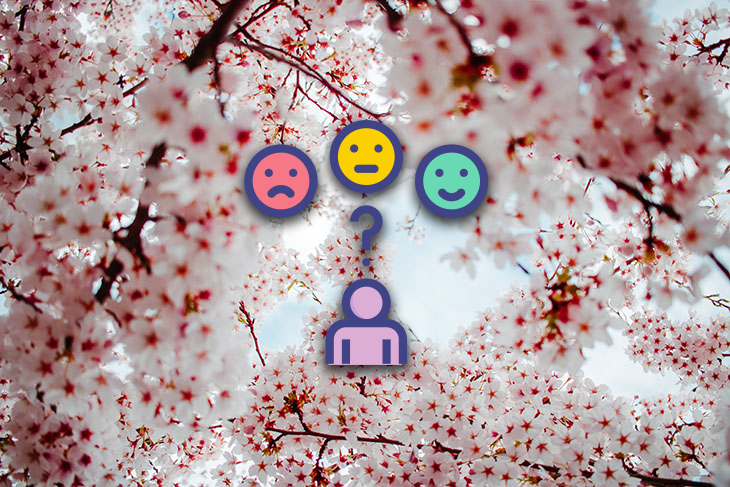
Which pair of sneakers was it, you ask? A fresh pair of Nike Air Tailwinds ’93 ‘White Dark Concord.’
Nike was and still is a brand that sticks with me for a few reasons. I can truly appreciate the creativity of legendary commercials such as basketball freestyle or the cage tournament.
There is the impressive design of the sneakers, the subtle touches, like the squeaky sound basketball sneakers purposely make, and the origin story of a sneaker type (yep, I am loving me some comics as well). There is also an overall consistency in service when interacting with Nike representatives, be it in-store employees or customer services teams.
That brings me to the topic of this article. To deliver a successful product, you have to be spot on in delivering an astonishing customer experience.
Want to learn more? Let’s just do it!
Customer experience, at a high level, can be defined as the perception a customer has when interacting with a product.
A more comprehensive description would be the holistic impression left on a customer through all interactions with the product.
This means that customer experience starts before the actual purchase, continues through the usage of the product, and covers the post-purchase phase as well.
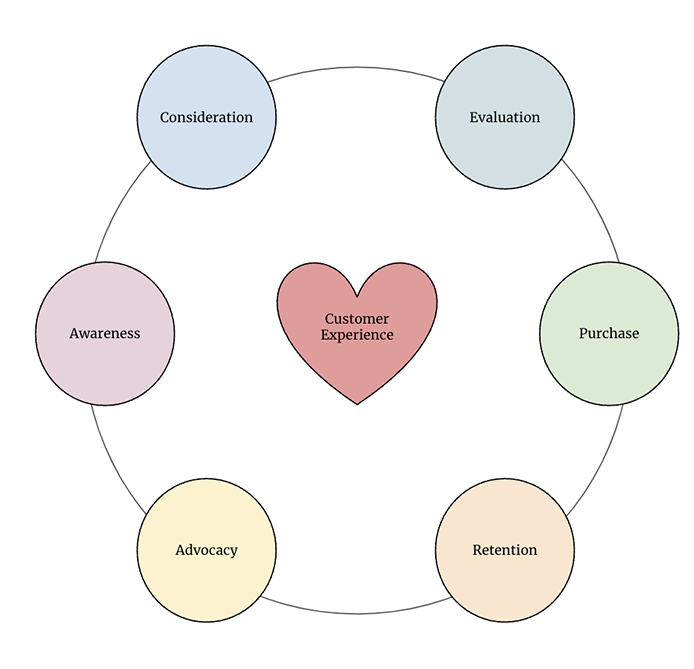
Some might consider it the holy trinity of customer satisfaction: the customer journey, customer experience, and customer service. Though each has some overlap, they should not be confused with one another.
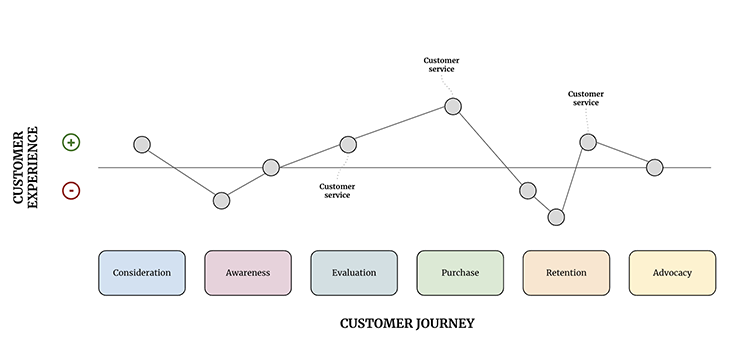
The customer journey describes the touchpoints a customer has when interacting with your product. It shows the steps a customer takes and tells the story or path the customer takes.
The customer journey does not tell you anything about the perceptions and feelings the customer has at each step.
The customer experience showcases the perceptions and feelings the customer has at each step.
If you think about a road trip, the road trip is the journey, the car breaking down (who hasn’t been there?) is an experience on the journey. So are the beautiful mountains and a herd of deer in the forests you might pass by on your journey, that make you go “aww.”
And then there is customer service. Customer service is a specific touchpoint in the customer journey, where your customer looks for and receives support or help. For instance, this is when the customer calls to understand how to buy a premium package.
Keeping the journey analogy going, when the car breaks down, customer service is the road services that come to the rescue and the service provided at a gas station when refilling the car.
Delivering an excellent customer experience is extremely essential to any product. The better the experience, the more repeat purchase, upsell, and advocacy of the product by the customer.
Additional key benefits of having an excellent CX include the following:
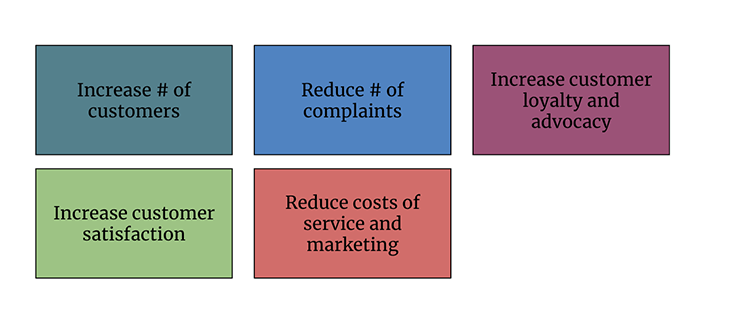
An exceptional customer experience increases worth-of-mouth and the overall perception customers will have about the product. This increases the change and easiness of moving them from evaluators to beginners in the product-led growth flywheel.
A happy customer is more likely to use your product more regularly. In addition, a happy company is likely to complain less, which could help decrease the investments needed in customer service.
Those who like your product are likely to be more eager to explore the product in-depth, try other products or features being offered, and are not incentivized to try another product from a competitor.
These customers are also significantly more eager to proactively promote or even champion it. In both cases, it will increase customer lifetime value.
Moreover, the group will be more willing to be included in focus groups, interviews, and other customer insights-related qualitative research, to keep making the product that of what it needs to be.
This one goes hand-in-hand with the previous two, with these groups being proven, happy customers. This ever-increasing group of customers will (initially) improve the customer satisfaction score (CSAT) significantly.
The aforementioned presents an opportunity in itself. With the standard of what a great customer experience means to your customers, you will now know where to invest in service and marketing efforts, and where not to.
Customer experience lives throughout the customer journey and evolves continuously, which might feel like a complex, chaotic, and uncontrollable thing to manage. Luckily, as with a lot of things, many have faced the same challenge and had to grind to find what works and what doesn’t.
Their best practices and learning through both failure and success have resulted in something that enables you to manage the customer experience.
Customer experience management is all about understanding your customer’s journey, monitoring the emotions and feelings they have during each of the touchpoints, analyzing the information, and creating actionable follow-ups to consistently and continuously add more value to the customer’s experience. It is a rudimentary part of the customer-first and customer-experience strategy.
A customer experience strategy is a plan of action created to achieve the long-term overall customer experience goal.
The customer experience strategy helps product managers in the quest to solve pains for customers. It helps in understanding which solutions and features are needed to make the product what customers need it to be.
Here’s what the customer experience strategic process looks like:
As shown, to make the customer experience strategy process work, you need to define what, how, and how frequently you measure the customer experience throughout the customer journey.
This raises some questions.
Answering this fundamental question allows you to define what to measure. Now unfortunately there is no universal answer, unlike the answer to life (the answer is 42), that guarantees customer experience success.
Why? Well, because your product is operating in a unique market with its specific customer group. Luckily, there are commonalities. In general, customer experience efforts focus on five categories:
To achieve a great customer experience in these categories, your customer expects you to:
Just to give you a head start, and you might recognize some or all of them, five common experiences customers find extremely frustrating are:
You might be relieved here that collecting customer experience insights is not rocket science. It all boils down to being there where the customer needs you to be. Listen to what your customer perception is throughout their journey, what it is they like, and what it is that frustrates them.
Use online reviews, customer surveys, communities, customer experience intelligence tools, and other user research tools to gain these insights. There are several methods to listen to your customers, which can be broken down into qualitative and quantitative research.
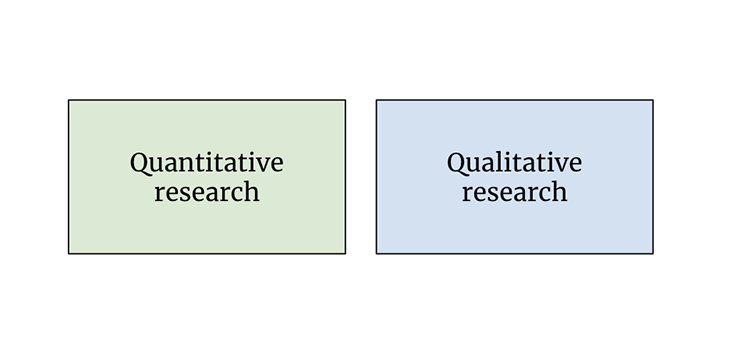
This is mainly used to explore and quantify the problem. In quantitative research, you gather large numbers of numerical data or data and translate these into usable statistics. Think about surveys, polls, and website/app monitoring.
This is behavior-based and gathered by observation. It’s a direct form of research that focuses on understanding people’s perceptions, behaviors, emotions, and beliefs. This type of research is more time-consuming. Qualitative research examples are moderated usability tests, interviews, focus groups, and also user reviews.
To analyze the insights you need to understand what it is you want to analyze. Make sure to define and understand the metrics you are aiming to move the needle with the research. This will help you understand what type of data you need and which research form is most suitable to acquire the insight you need
As a product manager, you are obsessed with making the product what the customer needs it to be. For you, it all starts with understanding your customers and what it is they need. Understanding and being able to improve the customer experience is what you live for.
The insights help you create your roadmap and influence your decision-making, be it for implementing new features, usability improvements, or giving priority to fixing bugs.
In addition, having the insights helps your stakeholder management efforts, as it is hard to argue with real insights provided by those that matter most. As James L. Barksdale said, “if we have data, let’s look at data. If all we have are opinions, let’s go with mine.”
You might have guessed that there are tons of customer experience management tools out there that can support you, and each has its own unique benefits.
LogRocket focuses on digital experience analytics, providing a platform that empowers software teams to create the ideal web and mobile experiences. Its key features include session replay, error tracking, UX and product analytics, and frontend performance monitoring.
LogRocket also just released Galileo, a new machine learning layer that cuts through the noise of traditional error tracking and analytics tools so that teams can focus on their most important issues.
Customer experience is all about how the customer feels and perceives your product throughout their interactions with it.
A great customer experience can turn evaluators into beginning users, beginning users into regular users, and regular users into advocates of your product.
For the product manager, it is key to continuously gather and evaluate customer experience insights, and use them to improve the product and make customers fall in love with it.
Featured image source: IconScout
LogRocket identifies friction points in the user experience so you can make informed decisions about product and design changes that must happen to hit your goals.
With LogRocket, you can understand the scope of the issues affecting your product and prioritize the changes that need to be made. LogRocket simplifies workflows by allowing Engineering, Product, UX, and Design teams to work from the same data as you, eliminating any confusion about what needs to be done.
Get your teams on the same page — try LogRocket today.

Christina Valls shares how her teams have transformed digital experiences at Cedars-Sinai, including building a digital scheduling platform.

Red-teaming reveals how AI fails at scale. Learn to embed adversarial testing into your sprints before your product becomes a headline.

Cory Bishop talks about the role of human-centered design and empathy in Bubble’s no-code AI development product.

Learn how to reduce mobile friction, boost UX, and drive engagement with practical, data-driven strategies for product managers.